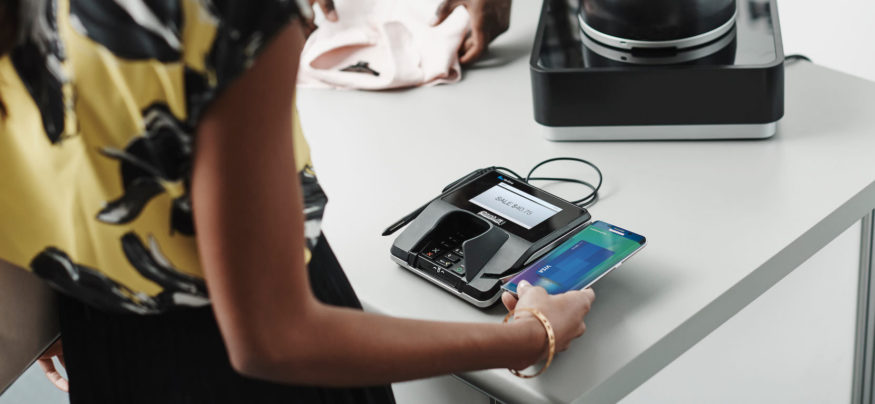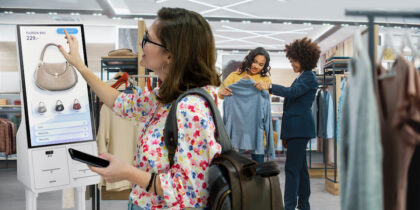An online experience rating survey of 10,000 U.S. consumers conducted in January 2016 by Temkin Ratings has identified five retailers as the lowest-rated across all segments.
As RIS News notes, “providing a rewarding, engaging, and satisfying customer experience is the cornerstone of success in any business. Retailers that hope to flourish in the customer-centric age need to be able to consistently meet shopper expectations and build long-term, repeat business.”
Most retailers understand this mantra ― so why did these five rate among the worst of the survey’s 294 companies across 20 industries?
According to RIS News, two of the five lowest-scoring retailers, both in the apparel industry, suffered merchandising misses; a third struggled with post-bankruptcy turnaround, and another is “known more for store closures than growth.” The fifth ― though struggling with customer satisfaction ― is currently investing “in the customer experience in its store and digital channels, specifically in desktop and mobile web performance and personalization initiatives.”
The Temkin Group notes that most companies have a long way to go before they reach the highest levels of customer experience maturity, pointing to its four Customer Experience Core Competencies that low-ranking retailers should evaluate, including strong leadership, solid brand values, high employee engagement and strong connection with customers.
Seven Methods for Improving Customer Satisfaction
There are many options for implementing new techniques to improve the customer experience. Here are seven ways retailers can get started:
1. Invest in training for on-floor associates, possibly by integrating mobile apps into the process. Training of retail employees is essential in adopting a more customer-centric approach.
2. Double-down on customer engagement initiatives by using in-store digital solutions to draw customers in.
3. Better serve 21st-century shoppers through “connected stores” that merge the online and physical shopping experiences to deliver a sense of unity for the shopper.
4. Leverage tablets to improve customer satisfaction and boost after-sale support.
5. Focus on simplicity by encouraging the use of social media and mobility to better connect with consumers.
6. Consider the power of virtual reality technology, which can help retailers learn about consumers’ shopping preferences by completely immersing them in the experience.
7. Invest in digital signage to better engage shoppers and help your store stand out.
It’s never too soon to start improving the customer experience, and if retailers encourage employee and consumer engagement and leverage new technology options, they may see their experience rating soar.
Learn more about consumer shopping behavior to elevate your customer satisfaction rankings and create greater engagement with shoppers and employees.







